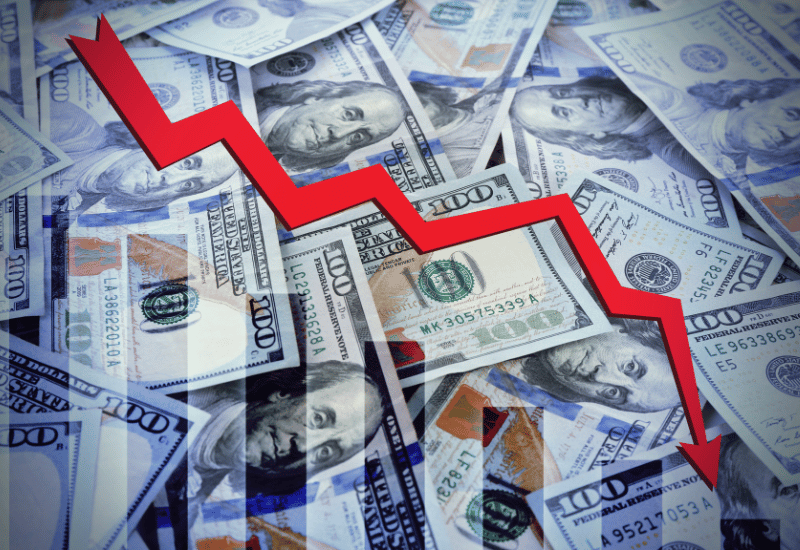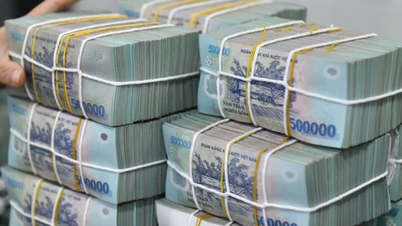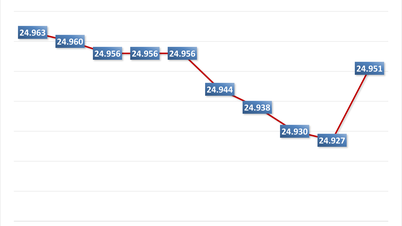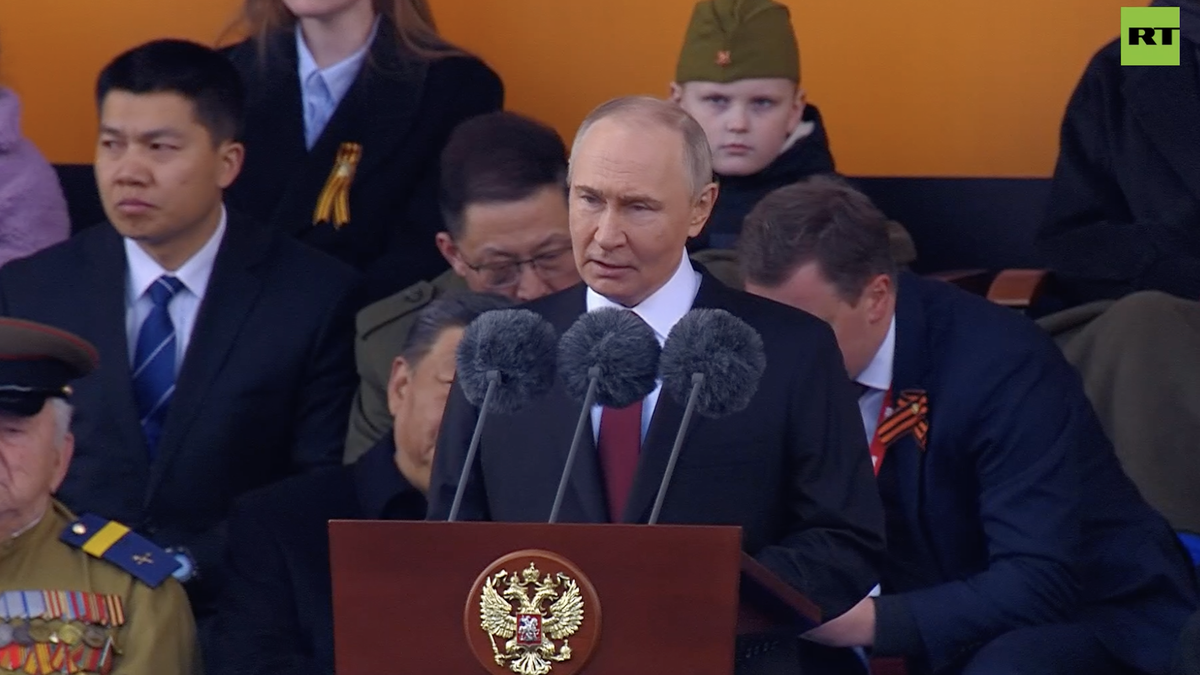 |
| The USD continued to weaken this morning. |
USD continues to weaken
The greenback reversed early gains in Asian trading, falling back against the Swiss franc and heading toward a 10-year low hit on Friday. The dollar was trading 0.05% lower against the Swiss franc at 0.8158.
The pound, on the other hand, pared its early losses against the dollar, now down 0.06% to $1.3120. The New Zealand dollar rose to a four-month high of $0.5860, while the Australian dollar rose 0.11% to $0.6301, extending last week's more than 4% gain.
Against the Japanese yen, the dollar fell 0.62% to 142.62 JPY/USD.
Japan is preparing for trade talks with the United States that are likely to touch on the sensitive topic of currency policy. Japanese Economy Minister Ryosei Akazawa said Monday that foreign exchange issues will be resolved between Finance Minister Katsunobu Kato and U.S. Treasury Secretary Scott Bessent.
“Markets rushed to price in a stronger yen after confirmation that Bessent and Kato would discuss foreign exchange,” said Christopher Wong, a currency strategist at OCBC.
The euro rose 0.3% to $1.1396, hovering near a three-year high set last Friday as investors flocked to the common currency following a crisis of confidence in the dollar.
Growing investor anxiety about owning U.S. assets has prompted some to sell those positions and move money into other markets, including Europe, boosting the euro. “I think we could see the euro trading at $1.20 around ... late July, early August,” said IG’s Sycamore.
The onshore yuan fell 0.1% to 7.3022 yuan per dollar, while the offshore yuan fell more than 0.3% to 7.3059 yuan per dollar.
The offshore yuan hit a record low last week, while onshore it fell to its lowest level since 2007 as the trade war between the US and China escalated.
The position is shaky.
US President Donald Trump said on Sunday (April 13) that he would announce tariffs on imported semiconductors next week, adding that there would be flexibility for some companies in the sector.
Earlier on Friday, the White House exempted smartphones, computers and other electronics imported largely from China from reciprocal tariffs. But Trump later said the move would not last. In a tweet on Truth Social, Trump said the products would still be “subject to the current 20% Fentanyl Tariff, and they’re just moving to a different ‘group’ of tariffs.”
Trump's rapid-fire tariff policy changes continue to confuse investors, and they're bracing for another volatile week.
“At this point… it’s been handled haphazardly… and those measures have created a lot of uncertainty,” said IG market analyst Tony Sycamore. “Those dark clouds, they’re still hovering, they’re not going anywhere.”
The U.S. dollar index, which measures the greenback against six major currencies, fell 0.45 percent to 99.45, not far from a three-year low set last Friday.
“Markets are reassessing the structural appeal of the dollar as the world’s global reserve currency and are undergoing a rapid de-dollarization,” wrote George Saravelos, global head of foreign exchange research at Deutsche Bank, in a note to clients. “Nowhere is this more evident than in the ongoing and combined collapse of the U.S. currency and bond markets.”
A sharp sell-off in the US Treasury market last week, partly due to hedge funds quickly unwinding so-called basis trades, dragged down the dollar.
There was little sign of a bond rally on Monday, with the 10-year yield at 4.47%, starting the week relatively flat after the biggest weekly rise in borrowing costs in decades.
“We believe that de-dollarization still has a long way to go, but we remain very open-minded about how this process will play out and what the final new equilibrium in the global financial architecture will look like,” said Deutsche Bank’s Saravelos.
Source: https://thoibaonganhang.vn/niem-tin-vao-dong-usd-dang-lung-lay-162723.html




![[Photo] Prime Minister Pham Minh Chinh chairs a special Government meeting on the arrangement of administrative units at all levels.](https://vphoto.vietnam.vn/thumb/1200x675/vietnam/resource/IMAGE/2025/5/9/6a22e6a997424870abfb39817bb9bb6c)


![[Photo] Magical moment of double five-colored clouds on Ba Den mountain on the day of the Buddha's relic procession](https://vphoto.vietnam.vn/thumb/1200x675/vietnam/resource/IMAGE/2025/5/9/7a710556965c413397f9e38ac9708d2f)






















































































Comment (0)